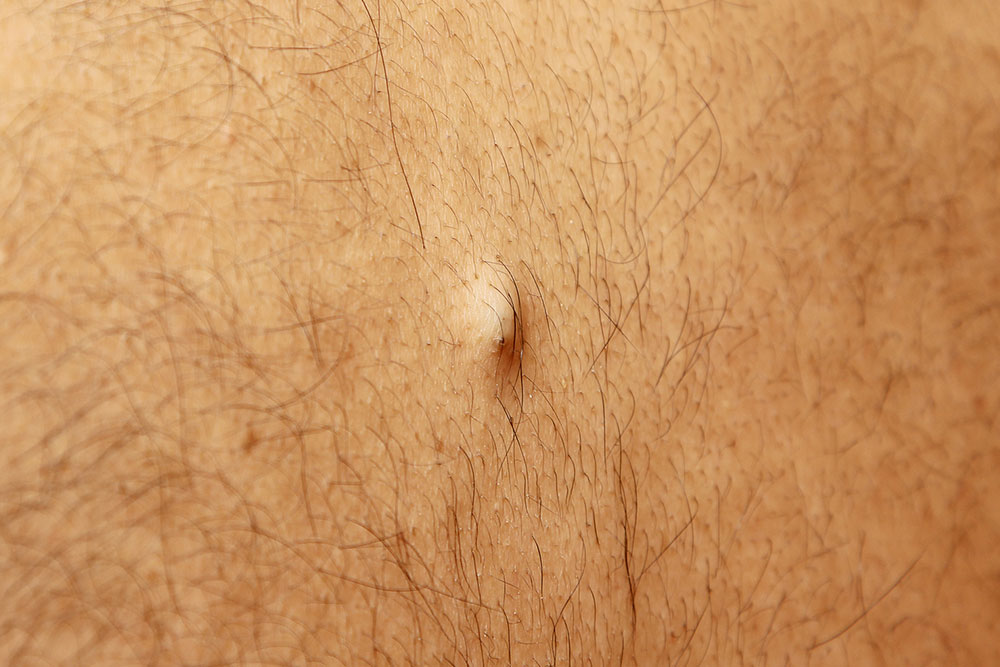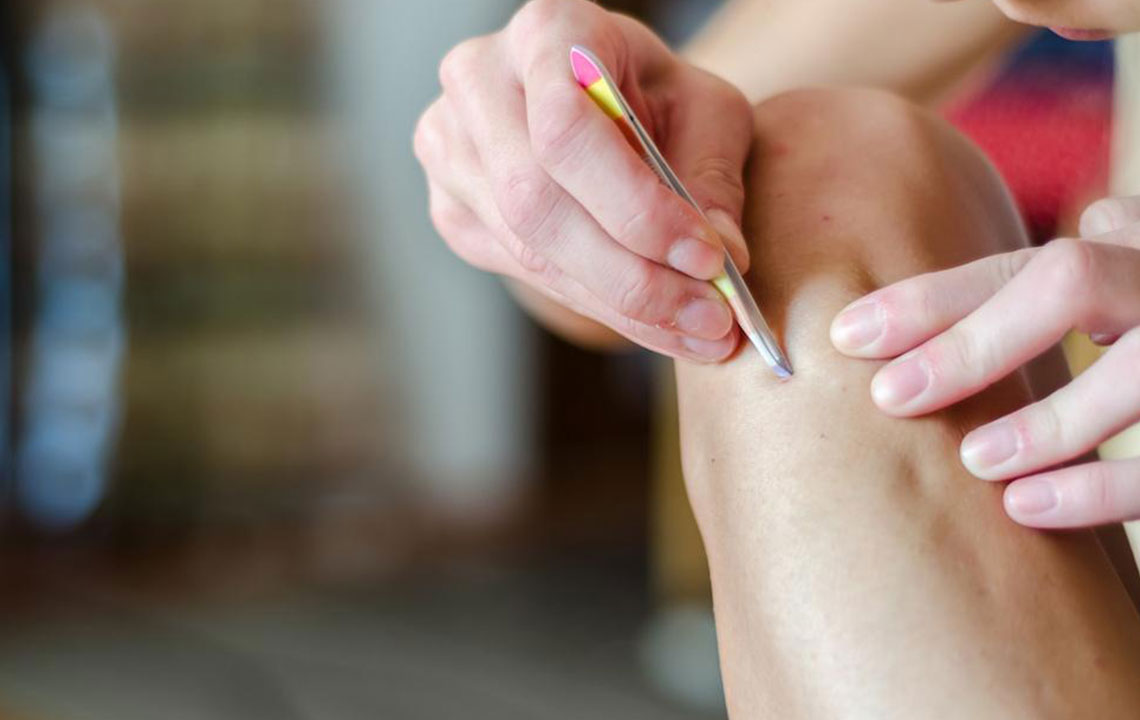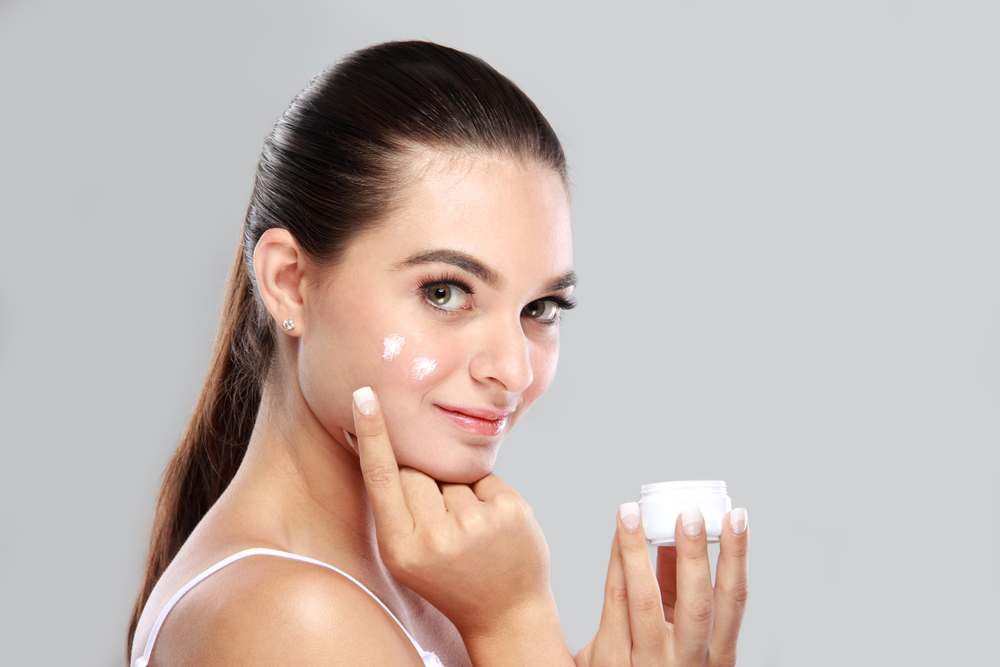Comprehensive Guide to Recognizing and Managing Ingrown Hairs
This comprehensive guide explores ingrown hairs, detailing their causes, symptoms, prevention techniques, and modern treatment options like laser removal. It emphasizes safe grooming practices and skincare routines to avoid discomfort and skin irritation. Effective treatments are available for persistent cases, making understanding and managing ingrown hairs accessible for everyone seeking smooth, healthy skin.

Comprehensive Guide to Recognizing and Managing Ingrown Hairs
Ingrown hairs are a widespread skin concern that affects a diverse population across different age groups and genders. This condition results from hair growing back into the skin instead of outward, leading to discomfort, inflamed skin, and often, unsightly bumps. While common and generally harmless, ingrown hairs can cause persistent irritation if not properly managed or treated. Understanding the causes, symptoms, prevention strategies, and available treatments is crucial for anyone seeking clear, smooth skin.
Key Facts and Insights About Ingrown Hairs
Anyone, regardless of age or skin type, can develop ingrown hairs.
The condition is more prevalent among individuals with curly, coarse, or thick hair.
Those who regularly shave, wax, or remove hair through other methods are at higher risk.
Proper techniques and skincare practices can significantly reduce the incidence.
Advanced treatments like laser hair removal are effective for long-term prevention and removal.
Ingrown hairs are typically harmless but can be a source of aesthetic concern and discomfort. They often occur more frequently in areas where hair removal techniques are used frequently, such as legs, bikini lines, face, and underarms. Those with naturally curly or coarse hair are especially susceptible due to the tendency of their hair to curl back into the skin after growth.
While ingrown hairs may resolve on their own, persistent cases often require targeted treatment. They manifest as dark spots similar to tanning, red bumps, or pustules, especially when the hair is thick or inflamed. Contrary to some misconceptions, modern laser hair removal procedures are a pain-free, effective method to eliminate ingrown hairs and prevent future issues. Topical creams and medications are also available to soothe irritation and promote skin healing, but consistent skincare routine and professional intervention yield the best results.
Origins and Causes of Ingrown Hairs
Ingrown hairs can develop at any stage of life, from adolescence to adulthood. They are influenced by genetic predisposition but are also significantly impacted by external factors and grooming habits.
Major contributors to ingrown hairs include:
Genetic factors: Some individuals are naturally predisposed to ingrown hairs due to the structure and growth pattern of their hair follicles.
Hair characteristics: Curly, coarse, or thick hair tends to curl back into the skin after removal, increasing the risk.
Grooming practices: Shaving too closely, using dull razors, or improper waxing techniques can irritate the skin and cause hair to grow inward.
Hygiene and skin care: Poor hygiene, infrequent exfoliation, or neglecting skin hygiene can trap dead skin and debris that block hair follicles.
Clothing: Tight-fitting clothing or accessories create friction and pressure on the skin, encouraging inward growth.
Repeated hair removal: Frequent shaving or waxing without proper care can lead to razor bumps, irritation, and inward growth of hair.
Recognizing the Symptoms and Signs
Itching and mild discomfort in affected areas are early signs of ingrown hairs.
Red or pink papules often appear with a characteristic reddish halo, indicating inflammation.
Pustules may develop, especially if bacteria infect the inflamed follicle.
Persistent redness, tenderness, and bumps over the hair follicles are common in recurrent cases.
Dark spots or hyperpigmentation can develop over time, especially in individuals with darker skin tones.
Though generally benign, ingrown hairs can cause embarrassment and itching, affecting self-confidence. Proper identification and timely treatment are essential to reduce discomfort and improve skin appearance.





